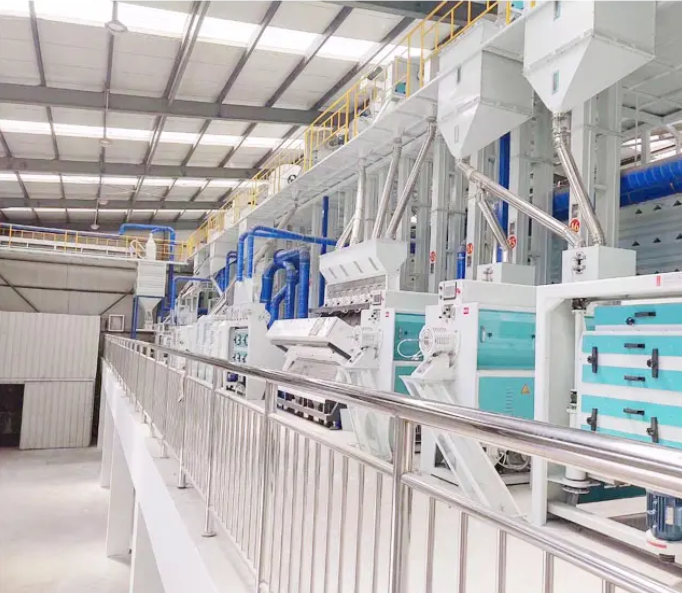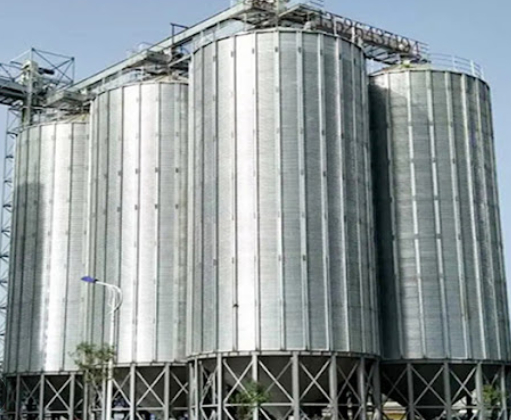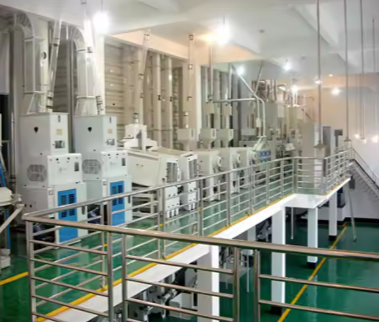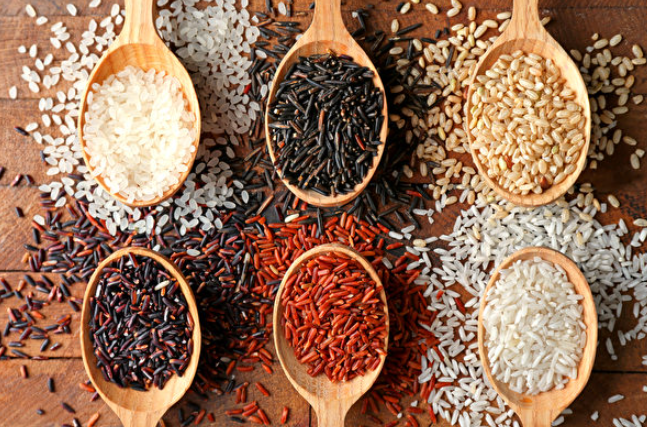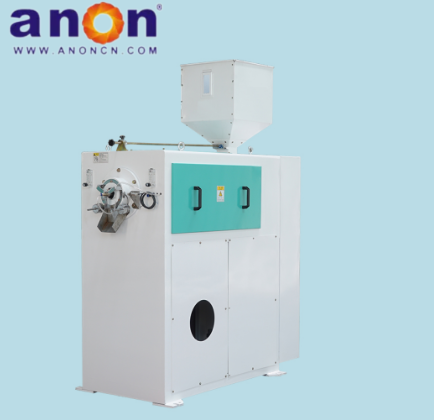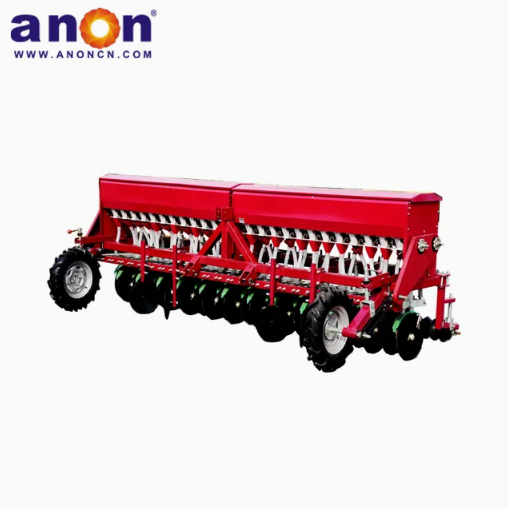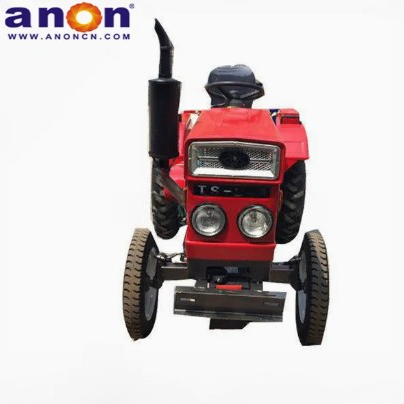Introduction
Modern rice milling plants can help you efficiently produce rice and are a good helper for your business. In order to ensure efficient operation, it is essential to learn how to operate and maintain these machines. This article will guide you on how to operate and maintain a rice mill plant.
What are there in a rice mill plant?
Firstly, the production process of rice includes: cleaning, stone removal, husking, paddy separation, rice whitening, rice grading, color sorter, polishing, and rice packaging. The rice processing equipment you will use includes: a cylindrical initial cleaning screen, flat rotary screen, vibrating cleaning screen, stone removal machine, huller, grain roughness separation screen, rice mill, white rice grading machine, color sorting machine, polishing machine, packaging machine, and elevator. Each stage uses different machines, which together form the rice mill plant.
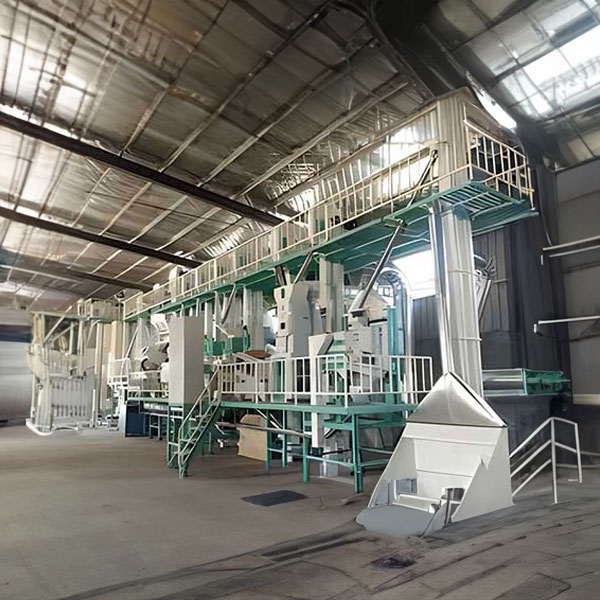
Operation of the rice mill plant
How do we operate a rice mill plant? We can explore from the following three perspectives:
Before rice milling
Machines inspection
Before starting up, you need to inspect the rice mill plant. If it is the first time using it, you need to check whether each machine is assembled correctly before starting up. Before turning on the machine after multiple uses, you need to check whether there is any wear on the components of each machine, such as the screen of the cleaning machine, the rubber rollers of the huller, the grinding rollers of the rice mill, the rice screen and rice knife, the wear of the polishing rollers of the polishing machine. And whether the rubber springs are deformed or dislodged. You should also check the cleanliness and whether each bearing is fully lubricated to prevent malfunctions during production.
Raw material preparation
The moisture and impurity content of raw grains are also very important. Firstly, you need to ensure that the moisture content of the rice is at a safe level suitable for processing. If the moisture content is too high, it is not conducive to processing and can clog the machine. If the moisture content is too low and the rice grains are too brittle, it can easily lead to an increase in the broken rice rate. Secondly, although the cleaning machine can help us clean rice, we still need to avoid some large and hard impurities from entering the machine, such as large stones, big bellflower weeds, and metal nails and iron sheets, which can easily damage the machine.

During rice milling
Control the flow of paddy
After turning on the machine and ensuring its normal operation, pour the rice into the feeding port. You need to control the feeding speed of the rice and try to pour it evenly into the rice lifting machine to transport the raw grain to the processing machine. If the feeding is too fast, it will cause excessive pressure on the processing machine, resulting in low processing efficiency and even damage to the machine.
Monitor and adjust machines in real time
During the production process, you need to operate the machine according to the correct operating procedures and monitor the machine’s condition in real time to make adjustments.
Cylinder initial cleaning sieve
The cylindrical initial cleaning screen can only be opened for feeding after running normally for 3 to 5 minutes. The flow rate should be controlled evenly to avoid machine overload. During operation, you should clean up large impurities in a timely manner to ensure their complete removal.
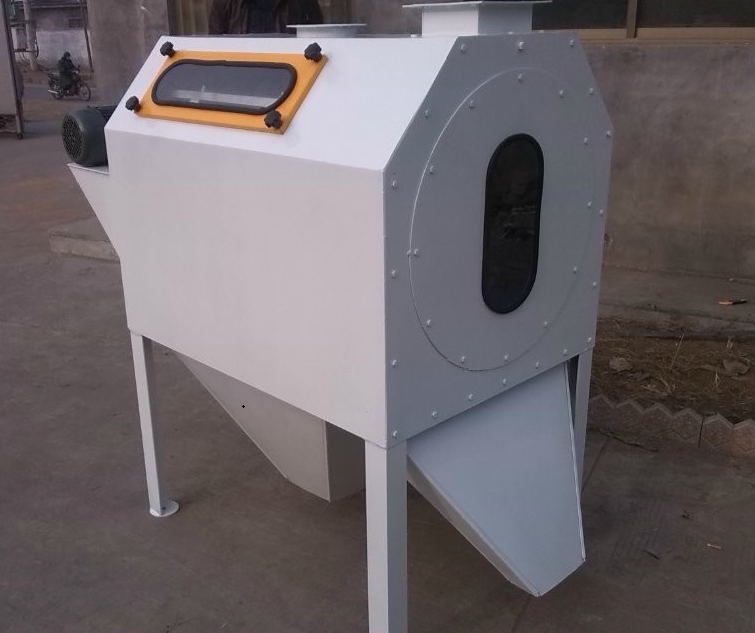
Gyratory Vibrating Screen
Before opening the gyratory vibrating screen, you need to pay attention to whether the size of the
impurity feeding port has been hung with the feeding hopper to ensure that impurities do not leak out. When starting the equipment, pay attention to the vibration of the screen body. If there is abnormal jumping, shaking, or abnormal noise, stop the machine immediately and check for faults. After starting the feeding process, attention should be paid to adjusting the material to flow evenly into the upper sieve surface, and observing whether impurities of different sizes are mixed with grains. If so, the machine should be stopped immediately to check the condition of the sieve.
Vibration cleaning screen
Before turning on the vibration cleaning screen, you should adjust the amplitude and start feeding after running for a few minutes. During operation, keep the feeding on the screen surface uniform and clean up large impurities on the surface in a timely manner.
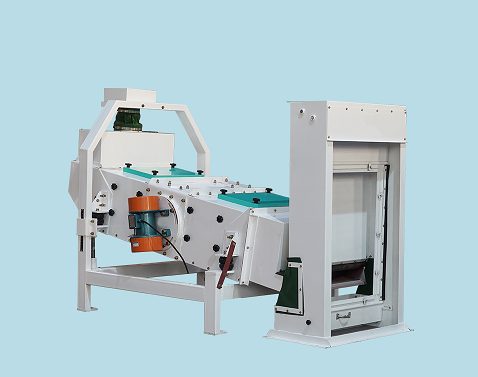
Paddy Destoner
After starting the paddy destoner, you need to first check whether there is any abnormal vibration inside the machine. After confirming that it is normal, start the suction system, adjust the pressure, and then open the gate to start feeding and control the material to be evenly fed. Gradually adjust the air volume during operation to ensure that the grains and stones can form layers. At the same time, check whether there is any mixing of stones and grains in the discharge port and the stone hopper. Adjust the feed flow rate, screen angle, etc., according to the situation to achieve the best stone removal effect. When stopping the machine, stop the feeding first, then stop the main fan of the stone removal machine, and finally close the suction gate.
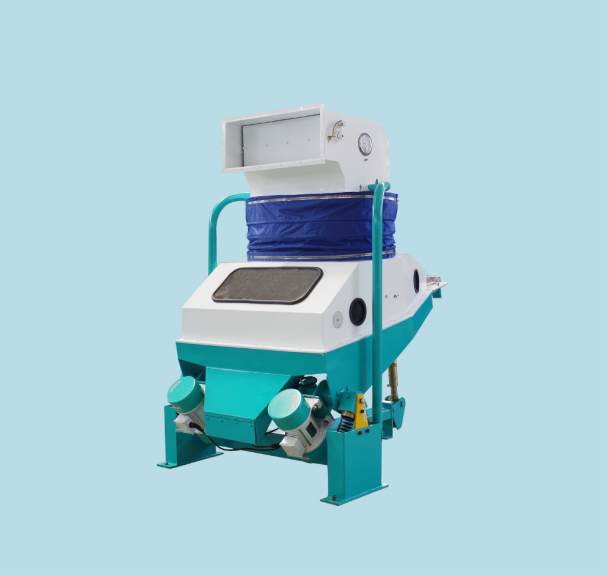
Rice Husker
According to the effect of hulling, you need to adjust the pressure and rubber roller spacing appropriately to minimize rice breakage. The pressure of hulling should be sufficient to hull without damaging the rice grains. During the work process, use the adjustment handle to adjust the feed flow rate evenly. When stopping the machine, stop the feeding first, then stop the huller, wait for 5 to 6 seconds, confirm that all materials have been blown out of the husk separation part and the conveyor has been unloaded, and then turn off the motor.
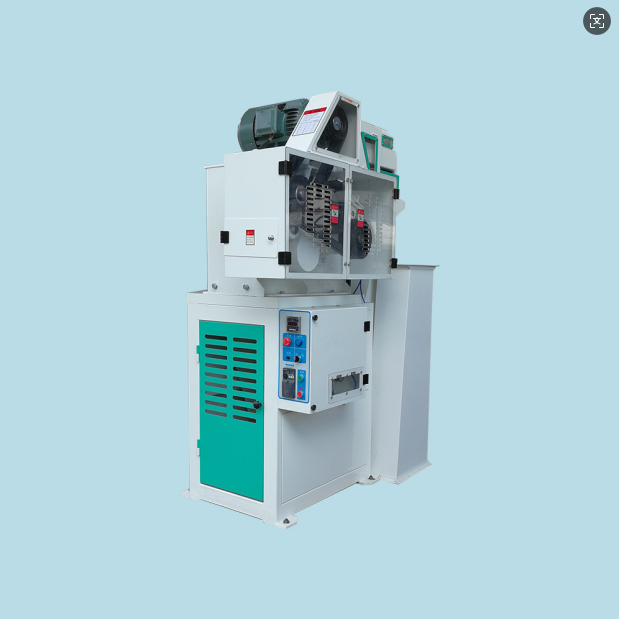
Paddy Separator
Ensure the coarse rice separation screen’s surface is filled with rice before operating. Close the coarse rice outlet before starting and reopen it after the operation begins. This way, the obtained coarse rice enters the rice mill, and the bottom rice outlet remains open. The separated rice needs to be returned to the huller for further hulling. During operation, you should regularly check all components of the machine and adjust the feed rate and tilt angle of the screen body in a timely manner to achieve the best separation effect.

Rice Whitener
Before starting the rice whitening, first turn on the suction fan after ensuring the feeding hopper is two-thirds full. Once the whitening chamber is filled and the discharge port begins discharging, adjust the pressure and width of the whitening gap between the milling roller and rice sieve blade as needed for the desired milling level. Promptly adjust if there is too much broken rice or a poor whitening effect. After the rice milling is normal, turn on the humidification pump and turn it off 5 minutes before the end of milling to prevent adding water to the whitening chamber when there is no rice, which may cause rust.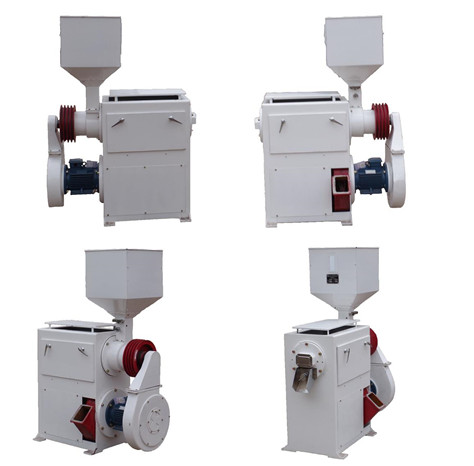
Rice grader
When the rice grader is running, it is necessary to check whether the rotation is normal. If the machine experiences abnormal or polarized motion during the stopping process, you should immediately stop the machine to find the cause, and pay special attention to whether the spring of the support rod is loose.
Secondly, when checking the support rod, loosen all screws of the upper compression block of the spring support rod and manually rotate the weight block to adjust the screen seat to the equilibrium position.
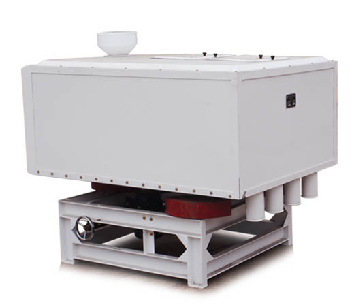
When the machine is nearly stopped, continue operating until all materials are discharged. Stopping with materials inside may damage the screen mesh. For high-moisture materials, remove the sieve grid layer by layer after stopping, use an air gun to blow off accumulated material, and clean with water if needed.
Rice Color Sorter
After turning on the power, the rice color sorter needs to be preheated for 30 minutes to stabilize the color sorter chamber and other conditions.
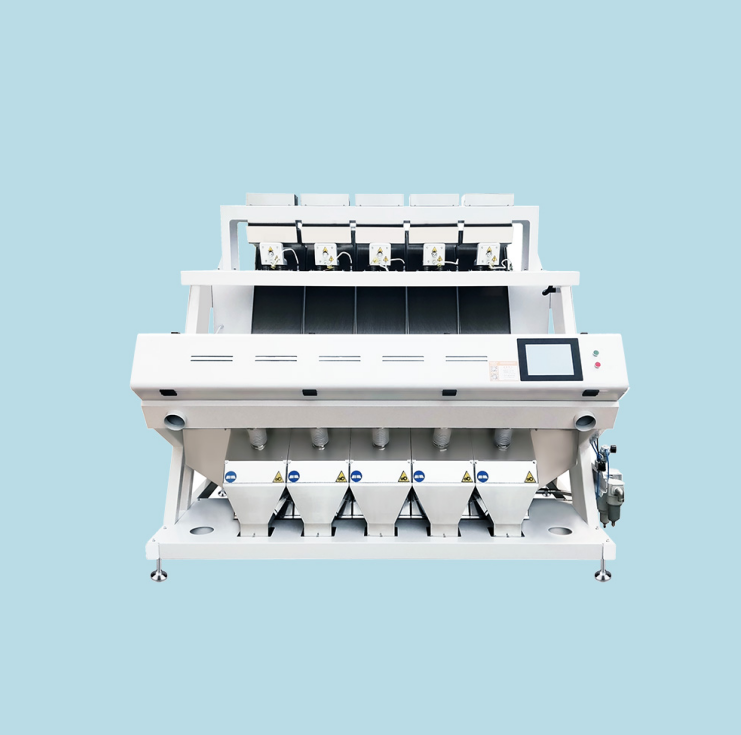
After reaching the required preheating time, start feeding, and before feeding, you need to start auxiliary equipment such as air compressors, fans, and elevators. Adjust the compressed air pressure to normal before feeding. During use, try to maintain consistent flow rates for each channel of the primary and secondary selections to ensure color selection effectiveness.
Rice polisher
Before starting, you should check whether the connection between the water pump and the water tank is intact, turn on the suction to adjust the air pressure, and ensure that the temperature is close to room temperature. Start the polishing machine, confirm that the machine is idling normally before feeding, and slowly adjust the water supply flow control switch. According to the variety, moisture content, and precision requirements of the finished product of the brown rice, adjust the appropriate flow rate of the polishing machine, the polishing spacing in the polishing chamber, etc., to reduce the content of broken rice and bran powder. To stop the machine, first turn off the water, then close the feed door. Empty the polishing machine’s internal materials, close the click, stop the air supply, and finally turn off the suction.
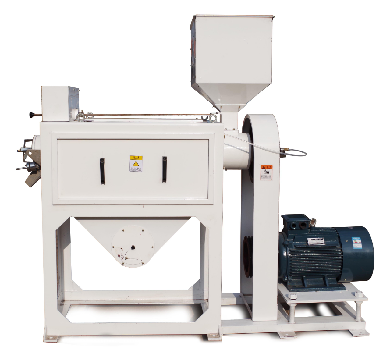
Rice packaging machine
Finally, it’s time for the finished product packaging process. At this point, you can turn on the power of the electronic packaging scale, calibrate the zero point, and adjust the parameters to ensure accurate packaging weight.
After rice milling
Clean-up
After using the machine, you need to clean it, including debris around the machine, rice bran, internal surface impurities, etc. If you don’t use it for a period of time, you must clean it thoroughly to prevent these impurities from deteriorating inside and affecting the quality of the next rice processing.
Maintenance of the rice mill plant
Daily maintenance of the rice mill plant can help you avoid many malfunctions, so don’t forget to regularly maintain your rice milling machine.
Regular cleaning
First, you need to regularly clean the feeding and discharging channels, screens, and hoppers of these machines to prevent the accumulation of rice bran Rice noodles. When using machines to produce rice, you should remember to clean the production line every two days to remove dust from the machine, screen, and motor. You can use a fan to clean it to avoid dust clumping and affecting processing efficiency.
Lubricating of the parts
The lubrication of various mechanical parts is also very important. You need to regularly lubricate various moving parts, such as rollers, gears, motors, bearings, etc. Use appropriate mechanical lubricants to ensure that each component has sufficient lubricating oil to ensure the normal operation of the entire production and avoid damage.
Check for worn parts
Regularly check the wear of some components, such as the breakage of the screen mesh, the wear of the hulling rubber roller, the wear of the grinding roller and polishing roller, etc. Replace worn parts promptly to avoid affecting the processing effect.
Maintenance during idle time
When not using the machine for a long time, you should ensure that its interior is clean. It is best to cover it with a dust cover to prevent dust pollution. It is also necessary to regularly power it on and let it run to avoid crashing due to long-term inactivity during the next use.
Environmental management
Rice processing generates a lot of dust, so ensuring factory hygiene and safety is crucial. Our machines are equipped with air mesh dust removal and rice bran collection devices, effectively preventing most dust pollution and benefiting operators.
Common problems and solutions
Clogging
Machine blockage can result from excessive feed, a narrow discharge port, a clogged discharge port due to rice bran, internal overload, or slippage of the transmission belt, which leads to the accumulation and blockage of rice grains at the discharge port. Another reason may be the high water content of rice grains, which causes clogging of the screen due to the combination of dust and water vapor. Therefore, in the material preparation stage, you need to ensure that the grain moisture content is at a safe level, adjust the feed flow during processing, dredge the discharge port to relieve the internal pressure of the machine, and replace the conveyor belt in a timely manner in case of any problems.
Poor Milling Quality
The low quality and precision of the rice produced may be due to the wear of the rice cutter or insufficient feeding and outlet pressure. You need to replace the rice cutter in a timely manner and adjust the feeding amount. If rice bran contains rice, it may result from damage to the sieve. Or it may be because of the insufficient pressure at the discharge outlet, or excessive suction air volume. You can make adjustments based on different situations.
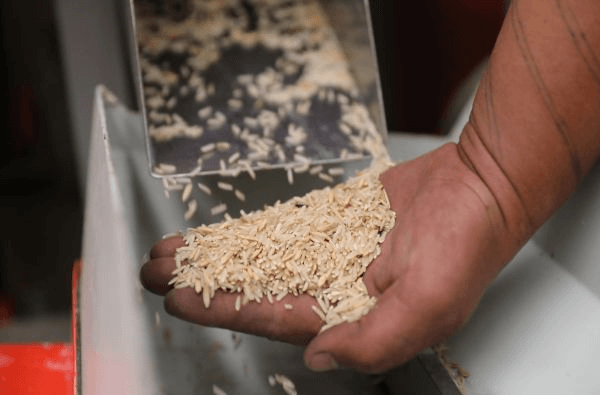
Noise or Vibration
The vibration or abnormal noise of the body may be due to the unstable fixation of the body. Or the lack of coordination between the shaft or pulley. At this point, you need to tighten the anchor bolts and adjust the shaft or pulley to balance the two.
Bearing damage
Failure to regularly lubricate or clean the bearings can cause damage. It will lead to oil loss or contamination by dust and impurities, which may result in bearing overheating or burnout. Therefore, you need to lubricate them regularly. Pay attention to timely refueling, frequent cleaning, or replacement of the bearings.
Regularly checking and replacing worn parts. Following correct operating procedures. These two can help prevent most problems by preventing machine overload and overuse.
Safety Considerations
Operator Safety
Firstly, when operating the rice mill, please be sure to wear protective equipment and follow the correct operating procedures.
Dust Control
Secondly, rice milling will generate a lot of dust. So a dust prevention system is necessary to help you avoid dust pollution and fire risks.
Electrical Safety
Finally, you also need to regularly check electrical components for short circuits or exposed wires, and ensure proper grounding.
Conclusion
Effective operation and maintenance of rice milling machines are crucial for ensuring high-quality rice production and equipment lifespan. Regular maintenance, proper machine settings, and careful troubleshooting can help you achieve optimal efficiency and minimize downtime. ANON has a professional team to accompany your production. ANON agricultural machinery is easy to operate and yields more.


